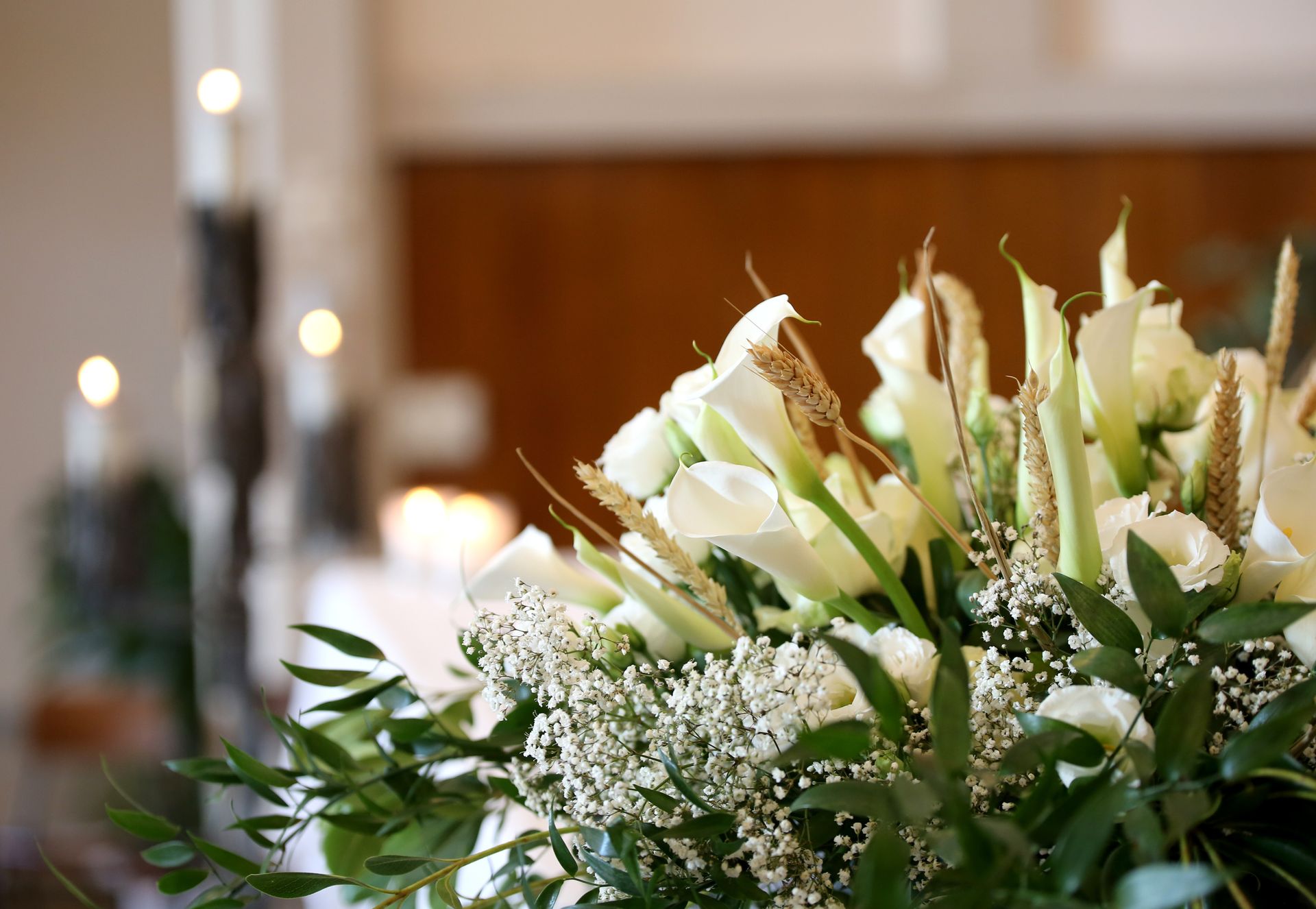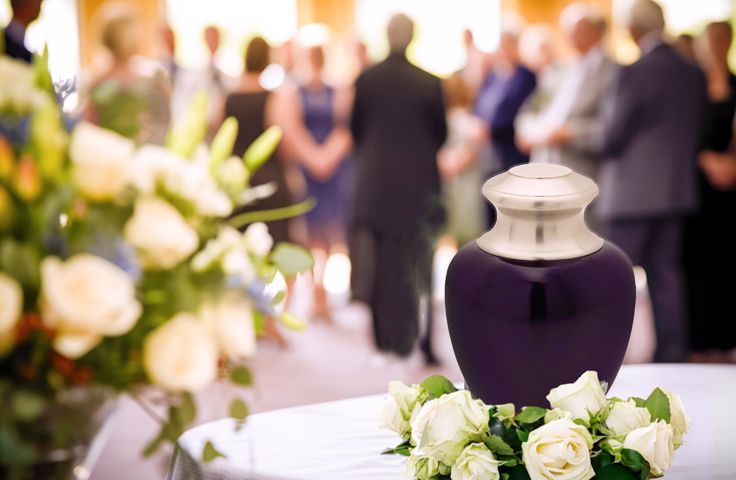Why building a bucket list is a great idea
Nature's Symphony
First thing’s first, what exactly is a ‘bucket list’?
Simply put, a bucket list is a collection of goals, dreams and things you wish to achieve before you die, or ‘kick the bucket’. What is on your list is totally unique to you, and so is the way you choose to store or present it!
You may want to write your bucket list down in your favorite notebook, or display it on a chalkboard or corkboard in your home. If you’re the creative type, you might even store your list’s items in a beautifully decorated jar, ready to get them out whenever you need a little inspiration. The magical thing about writing a bucket list is that it is a personal experience, therefore, there is no right or wrong way to go about it.
There are many reasons why creating a bucket list is a great idea. Above all else, writing down your heart’s desires somehow makes them feel more achievable, and may even make you more likely to go out and do the things you really want to.
What’s more, the act of writing your bucket list can be therapeutic in itself. It allows you to express your creativity without any constraints. With your bucket list, anything is possible, all you need to do is dream!
So, what should you actually put on your bucket list?
Well, that’s up to you! The limits really are endless, but many common bucket list items are related to travel or events, charity, physical endeavors or personally meaningful goals. You can go for the ‘classic’ bucket list ideas like skydiving or running a marathon, but it doesn’t necessarily have to be filled with wild adventures if that’s not what you’re into.
Many people choose to include things on their bucket list that are very meaningful to them on a personal level, despite being relatively ‘small’ things. For example, you may wish to travel to another part of the country to visit a family member, raise money for a charity that’s close to your heart, or maybe you want to do something as simple as creating a family tree or reconnecting with an old friend you’ve lost contact with.
And contrary to what you may think, retirement is the ideal time to write yourself a bucket list (and check things off!) Without the time and commitment barriers of work, you are free to devote your time to everything you’ve always wanted to do.
So, make a cup of tea, find your favorite notebook and pens and start dreaming – there’s no time like the present!









